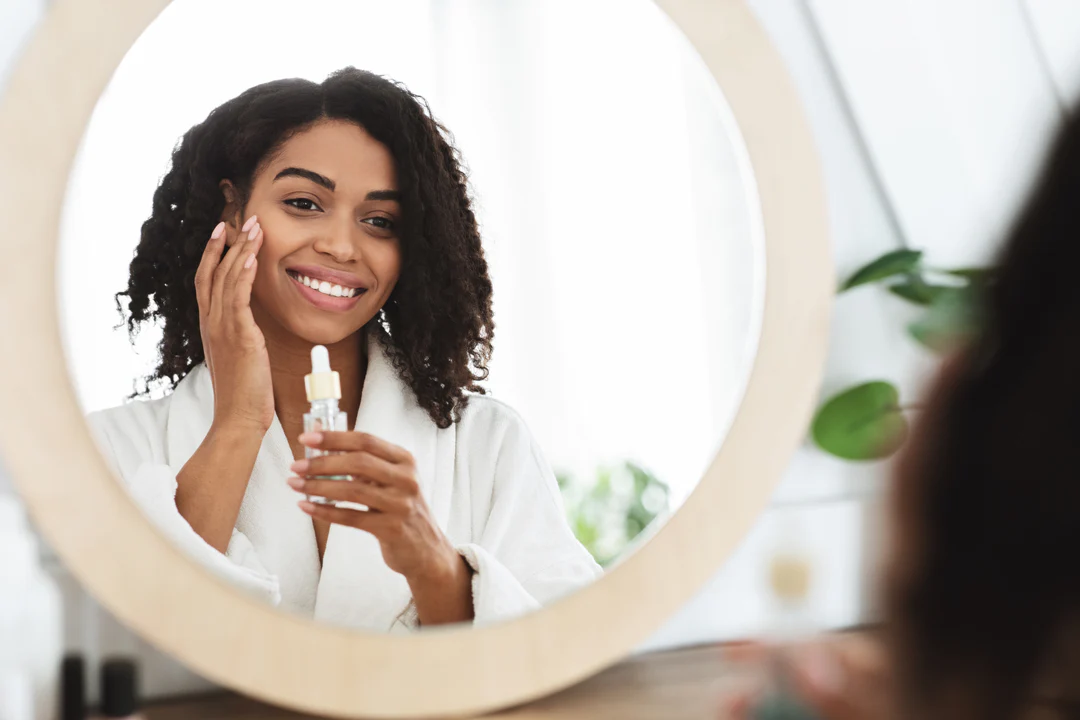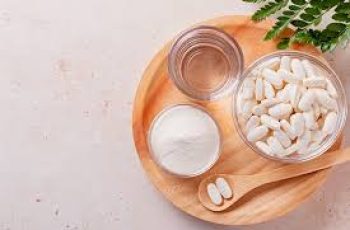
Can I use benzoyl peroxide after salicylic acid?
Both salicylic acid and benzoyl peroxide are well-known acne-fighting ingredients. Both are often found in over-the-counter products and prescription blends. With a wide variety of skincare products available, you can easily find a formula that works for you and your skin.
However, despite having such potent ingredients, there are also some common side effects associated with these powerful ingredients. Don’t worry, we’ll cover that in today’s blog post, and with any luck, we’ll also answer the question of whether you can use benzoyl peroxide after salicylic acid.
Before we get into the details, let’s first do a quick overview of these ingredients and their benefits for the skin.
What is Benzoyl Peroxide?
Benzoyl peroxide is the most potent ingredient for fighting acne. You’ll often find it used as a prescription because many people find this strength to be most effective for fighting zits and blemishes, especially when they are large, red, and swollen. Benzoyl peroxide works differently than salicylic acid because it fights bacteria on the skin that can cause frequent breakouts and acne flare-ups.
The biggest downside to using such a powerful ingredient is the risk of unnecessary skin irritation, especially for sensitive skin. To avoid severe irritation, benzoyl peroxide is not recommended if you suffer from the following conditions: eczema, psoriasis, and seborrheic dermatitis. I recommend that you consult your doctor before adding any new skin care routine.
What is Salicylic Acid?
Salicylic acid is the most commonly used beta hydroxy acid (BHA) and one of the most effective chemical peels. Compared to other acids, it is oil-soluble and can penetrate deep into the skin to reach the bottom of the pores to remove excess sebum, dirt, bacteria, and other impurities.
Salicylic acid has been shown to have the best results against acne and blackheads. With continued use, you will find that the clarity of your skin can be easily and effectively maintained as the acid removes dead skin cells and removes dirt and bacteria from the skin. The downside of this acne-fighting acid is that it can easily cause itching, stinging, tingling, and peeling of the skin. You will also find that if overused or used incorrectly, salicylic acid can strip the skin of all oils, making it feel uncomfortable and extremely dry. This causes the skin to produce too much sebum (the natural oil in the skin), which can lead to more breakouts.
Which comes first, benzoyl peroxide or salicylic acid?
The general rule of thumb when applying skincare products is to start with the thinnest consistency and work your way up to the thickest. This determines which ingredient gets applied to the skin first. To keep your skin healthy and happy, you should wait about 10 to 15 minutes between each application, as this gives the skin enough time to rebalance and stabilize its pH levels in preparation for the next step of treatment.
Another way to use both ingredients in your daily routine is to alternate the time you apply them to the skin. Many users like to use a toner with salicylic acid in the morning and then opt for a benzoyl peroxide serum in the evening. Ideally, you should use active ingredients in your evening routine as they are less likely to cause free radical damage, such as: B. UV rays and environmental pollution.
Should I use salicylic acid before benzoyl peroxide?
Well, it depends on your skincare products, and as I mentioned before, you should apply your skincare routine in order from thinnest to thickest consistency. It is considered safe to use salicylic acid before benzoyl peroxide. Make sure you are using the product correctly and have developed skin tolerance.
If you have concerns or are unsure about how best to use your product, consult a doctor or dermatologist. You can also read our dedicated blog post on whether you should use benzoyl peroxide or salicylic acid first.
Can salicylic acid and benzoyl peroxide be used to treat acne?
Yes, absolutely! Both ingredients are very effective for treating acne, and many people find that the combination of the two produces impressive results.
You will often find that salicylic acid is the most commonly used of the two ingredients because it is more readily available in over-the-counter formulas. Dermatologists often recommend benzoyl peroxide for mild to moderate acne and blemishes. For more severe acne, combining the two ingredients is the ultimate combination, but it takes time and commitment. This is because you may deprive your skin of important sebum, causing extreme irritation. Therefore, make sure your skin has developed some tolerance to these ingredients. After 2 months, your skin clarity is expected to improve, but if you experience even mild irritation, you should stop using your product and consult your doctor.
How long should I wait before applying a moisturizer after using benzoyl peroxide?
After using a benzoyl peroxide-infused product, it’s best to wait until the product is fully absorbed into the skin before applying a moisturizer. For extra benefits, we recommend choosing a moisturizer that contains hydrating ingredients like hyaluronic acid to lock in moisture. You should also double-check that your moisturizer formula contains non-comedogenic ingredients, as this can be counterproductive. In contrast, gel moisturizers not only retain moisture in the skin, but they also form a physical barrier on the surface of the skin. This provides additional protection for the skin and prevents free radicals, bacteria, and everyday impurities from penetrating the skin.
Is salicylic acid or benzoyl peroxide better for hormonal acne?
Benzoyl peroxide is considered the best active ingredient when it comes to treating hormonal acne because it specifically treats larger pimples on the chin, cheek, and jawline areas. You’ll also find that of the two active ingredients, benzoyl peroxide has antimicrobial, anti-inflammatory, and antibacterial properties that salicylic acid lacks.Benzoyl peroxide penetrates deep into the skin to eliminate bacteria and excess sebum that can clog pores and cause inflammation.
Learn more about using benzoyl peroxide and salicylic acid to fight acne here. Don’t forget to follow us on Instagram if you have any additional questions.


